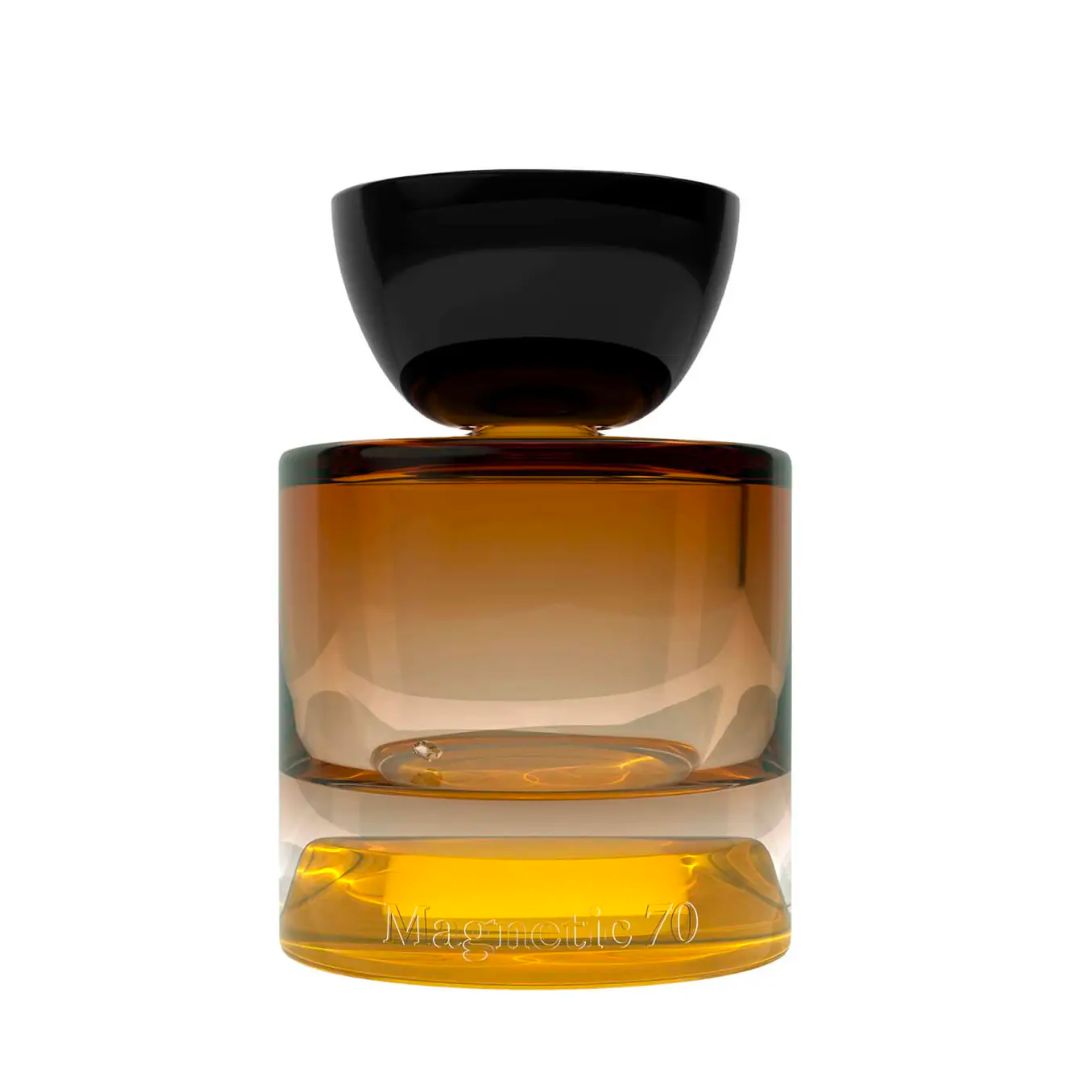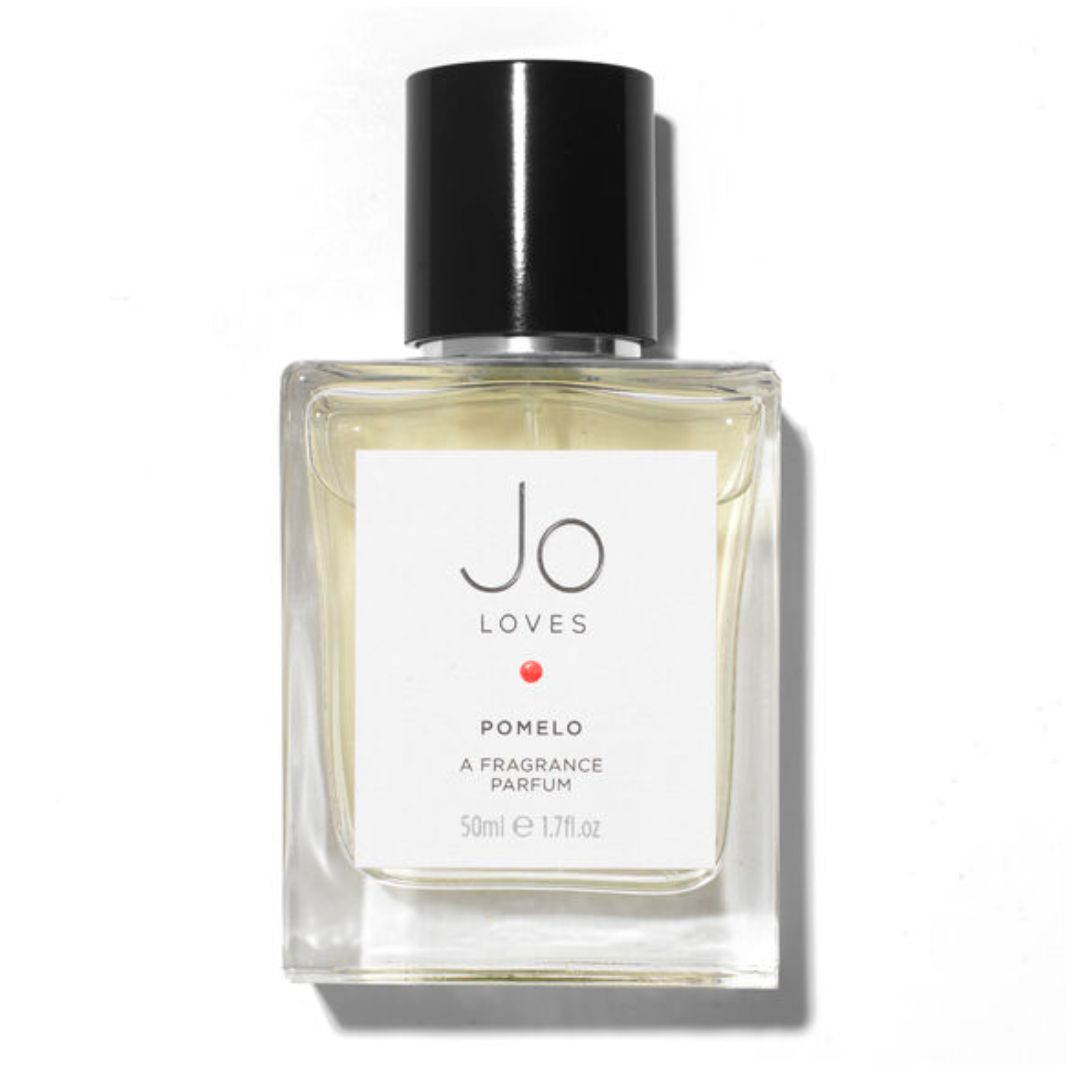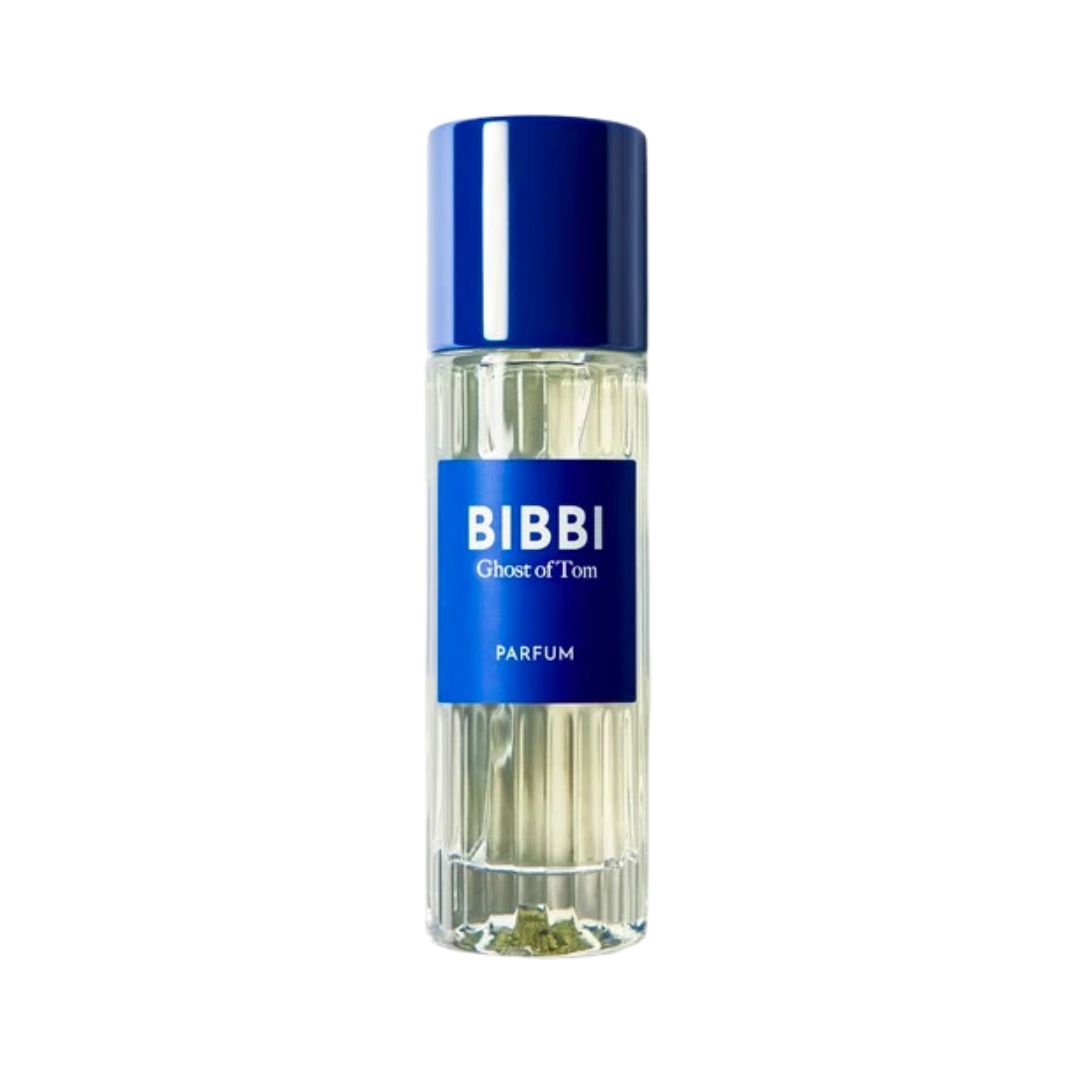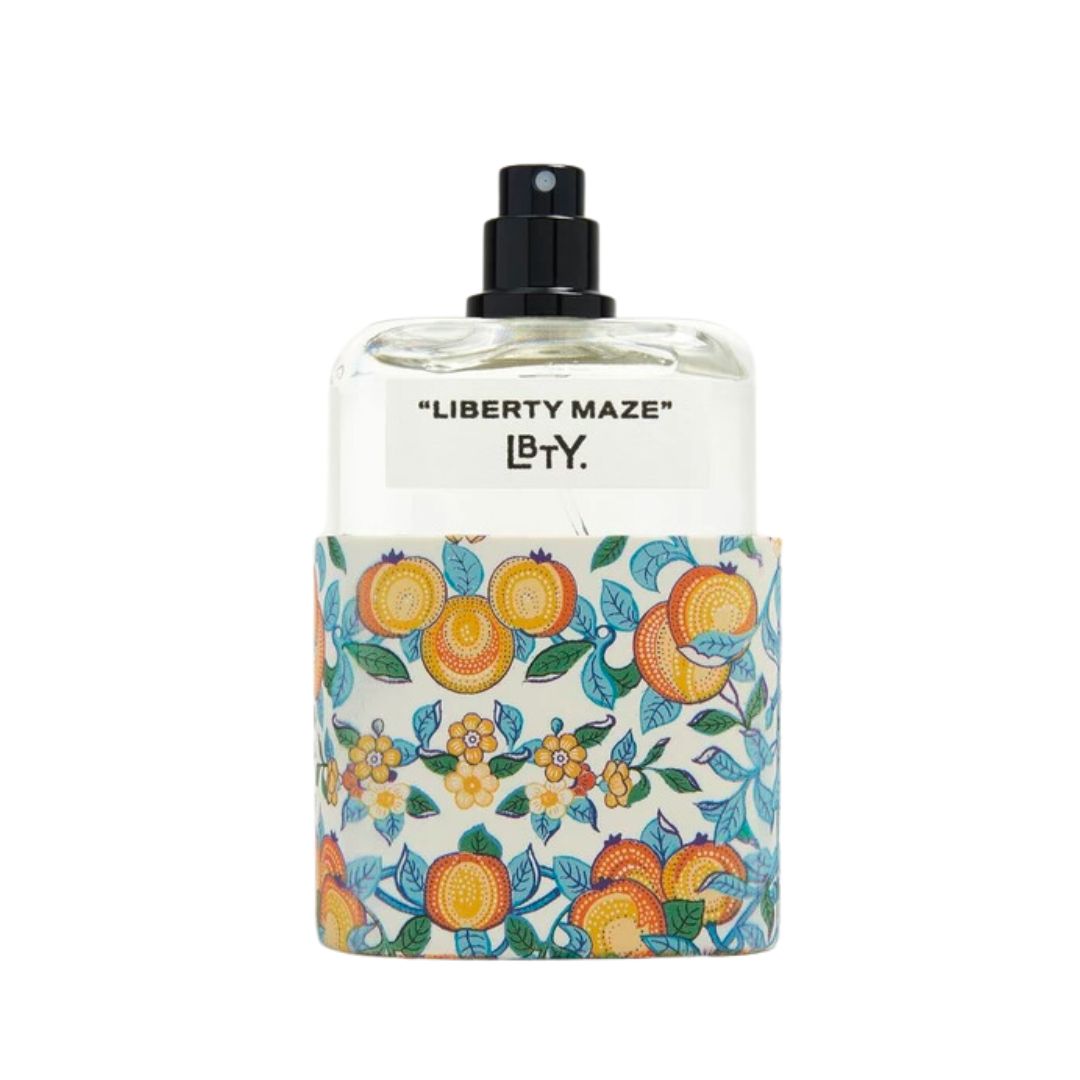The science behind pheromone perfumes making you more attractive doesn't add up—but these 6 perfumes have a similar effect
It's time to cut the pseudoscience


Sex has been used to sell perfume for decades – ever since Marilyn Monroe famously quipped that she only wore Chanel No.5 to bed, fragrance houses have tried to outdo each other in terms of how much sex and nudity they can pack into their ad campaigns (with rarely a mention of what’s actually in the bottle). Perfume is indeed very sexy – that’s not up for debate. However, companies can sometimes push the boundaries, venturing into the realm of pseudoscience to convince consumers that a fragrance possesses the power to manipulate someone’s arousal mechanisms. Enter the world of pheromone perfumes.
These have been on the radar for quite some time, the word sounding similar to 'hormone' giving it an air of scientific credibility. Many major brands have touted their perfumes as containing 'pheromone notes'. These are often synthetic molecules such as Iso E super and ambroxan – the kinds of notes that create a subtle sense of depth and warmth, giving a perfume a skin-like, musky quality to it. The hashtag #pheromoneperfume on Tiktok has a staggering 339.4 million views. It also spawned the controversial micro trend of 'vabbing' where people dab their vaginal secretions on pulse points like they are applying perfume, the idea being that these contain pheromones to lure a mate. (I’ll stick with my Chanel No.5, thanks…)
But what exactly are these mysterious pheromones? Let's get into it...
What are pheromones?
They are often vaguely described as 'chemical substances' supposedly secreted, for instance, in areas like the armpits when we sweat. However, according to Carl Philpott, professor of rhinology and olfactology at the University of East Anglia there’s very little to suggest pheromones exist in humans at all. “Pheromones are basically a form of chemical signalling, allowing animals and insects to communicate with each other – which includes sending mating signals,” he explains. “The animals don’t ‘smell’ them. Instead they are detected by a structure in the nasal cavity called the vomeronasal organ – a structure which humans don’t possess.”
That’s not to say that we can’t be aroused through smell, but pheromones don’t come into it – at least not in humans, as Philpott explains. “There’s often confusion between pheromones and smell. We do use smell in terms of attraction – we can familiarise ourselves with our partner’s smell as a means of remembering them fondly.” So, investing in a new fragrance could still help add some excitement, but it won' be driven by biology. “If you start wearing a new perfume, your partner might find it appealing, but that won’t be down to pheromones,” Philpott notes. “Our experience of smell is based on our cultural upbringing, what we’re exposed to in childhood, things an individual finds positive or negative etc. These can have a hedonic (pleasurable) quality to them, which we can recognise in a perfume someone wears.”
What are pheromone perfumes?
Given the scant evidence that humans actually have pheromones, what led to the widespread fascination with them? Philpott highlights a well-known 1971 study conducted by Martha McClintock, in which a group of women living together seemingly had their menstrual cycles synchronise, which was attributed to "pheromonal output". However, a review conducted in 2006 concluded that there is actually little evidence to support this.
Sarah McCartney, perfumer and founder of 4160Tuesdays, is also keen to debunk the myth of pheromones in perfume. Her tongue-in-cheek fragrance Sexiest Scent on the Planet. Ever. (IMHO) – which is one of their bestsellers – pokes fun at how the perfume industry markets itself. “When it comes to being irresistible, people find it hard to resist the idea that something might do all the work for them,” she remarks. “Pheromones are a technical tightly defined chemical, naturally produced by animals. An animal [of the same species] which detects the pheromone has no choice. As far as we know, humans no longer have the ability to respond to them in the same way.”
She cites zoologist Tristram Wyatt whose Ted Talk “ The Smelly Mystery Of the Human Pheromone ” examines the way pheromones are marketed in products to make someone smell irresistible. (“Sadly, these are fraudulent claims supported by dodgy science,” he concludes.) The talk also mentions how pheromones were first identified by German scientists in 1959 who established their existence in silk moths. However, no comparable study has been undertaken to demonstrate their presence in humans.
But can certain perfumes make you seem more attractive?
So, why does the perfume industry show such fervent interest in pheromone perfumes? “There is a lot of confusion between a pheromone and an aphrodisiac,” McCartney says. “The latter is more holistic and can heighten the senses. There are certain known aphrodisiac smells like jasmine, which might make you more interested in the idea of sexual activity. But you can’t switch on something that isn’t there.”
Although pheromone perfumes are sadly a myth, there are certain types of fragrances that can boost your confidence and mood, much like the feeling you get from wearing fancy new underwear or getting a text from your Tinder crush. Consider fragrances with fleshy and floral notes that evoke the warmth of the human body, such as jasmine and gardenia. Musk and amber are two other fragrance elements that mimic the skin's natural scent and can have a pleasing effect – these can be found in synthetic notes like Iso E Super and ambroxan. However, it's important to point out that perfume, like sexual attraction, is highly subjective; some may find sweet, confectionery, or floral notes a turn on, while others may prefer richer, woody scents. Ultimately, the key is to wear a fragrance that makes you feel fantastic and confident—at the end of day, there’s nothing sexier than that.
With that in mind, here are six perfumes that have some serious sex appeal – without the pseudoscience…
1. Olfactive O Citrus
2. Altra Jasmin XXX

Jasmine is one of those pretty, floral notes that can smell quite animalic if used in certain quantities. This has enough rich, woody undertones to take this rich white floral to hedonistic new heights. Think a leather-clad Sandy at the end of Grease. 100% natural, vegan and refillable – this indie perfume brand win some eco-brownie points too.
3. Vyrao Magnetic 70

If healing crystals and chakras are your vibe, each bottle of Vyrao perfume contains a supercharged Herkimer diamond crystal to “clear, amplify and raise energy”. Formulated with woody notes such as vetiver and cedar wood, it’s a sexy, autumnal scent – warm, enveloping and utterly addictive.
4. Escentric Molecules Escentric 01

The sister scent to the classic ‘Molecule 01’, the combines the latter’s famous Iso E Super molecule with musk, buttery orris and floral hedione to create something that is otherworldly and intriguing, but oh-so wearable. This exudes sex appeal in an understated, masculine way – like wearing a lover’s oversized T-shirt to breakfast.
5. Jo Loves Pomelo

If you’re not a fan of heavy woods or rich floral scents, this is sexy citrus worth sniffing out. The pomelo fruit is a vibrant cousin to the grapefruit – without the bitter undertones. It’s combined here with earthy notes of vetiver and its energising, uplifting qualities should be enough to get your motor running.
6. Zara Hypnotic Vanilla Parfum

There’s a theory that some of us find vanilla notes sexy because there’s something soft and comforting and possibly nostalgic about them (not to get too Freudian here…). Either way, there’s definitely something sensual and moreish about this confectionary concoction, which combines said vanilla with bourbon, caramel and good old jasmine for a delectable sweet treat.
7. Bibbi Parfum Ghost Of Tom

A chic new Swedish brand, the concept is a little ‘out there’ but the fragrances are no less brilliant for it. Each one is inspired by imaginary figures the founder meets in her mind’s eye during meditation sessions. If you’re raising a cynical British eyebrow, just know this scent is deep and mysterious as its name, strong and musky, with an air of refinement – think Alexander Skarsgard in a bottle…
8. LBTY. Liberty Maze

Liberty department store just launched its own fragrance line – a ballsy move but one which has paid off. Each scent is inspired by a classic archive print and Liberty Maze contains a good glug of orange blossom, an ingredient known for its mood-lifting qualities. If you equate sexiness with happiness and confidence, then this might be worth sniffing out.
Celebrity news, beauty, fashion advice, and fascinating features, delivered straight to your inbox!
Viola is a freelance beauty journalist and copywriter, as well as resident beauty columnist for The Jewish Chronicle—having written for Vogue UK, Glamour UK, Refinery29, Stylist and ES Magazine. She previously won the Fragrance Foundation Jasmine Award for Best Short Piece, reporting on how urban life is damaging our sense of smell. She has consulted for a number of brands such as Aromatherapy Associates, led a nationwide campaign highlighting female hair loss and written global trend reports for WGSN. She was also Editor-in-Chief of Cult Beauty’s commemorative magazine celebrating their 10th anniversary. Her passions include getting her hair done and championing age and body positivity within the industry.

